Extended Leaf Phenology
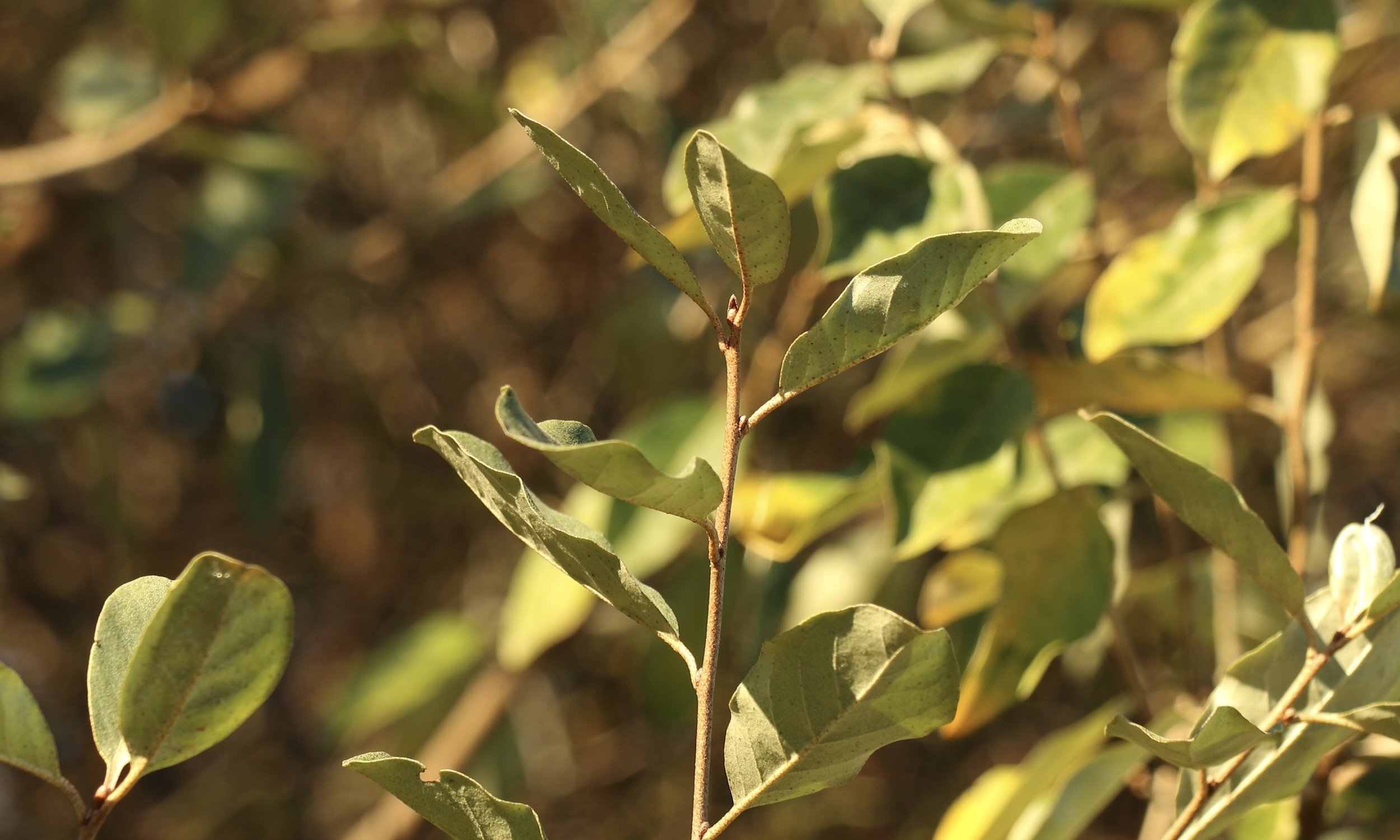
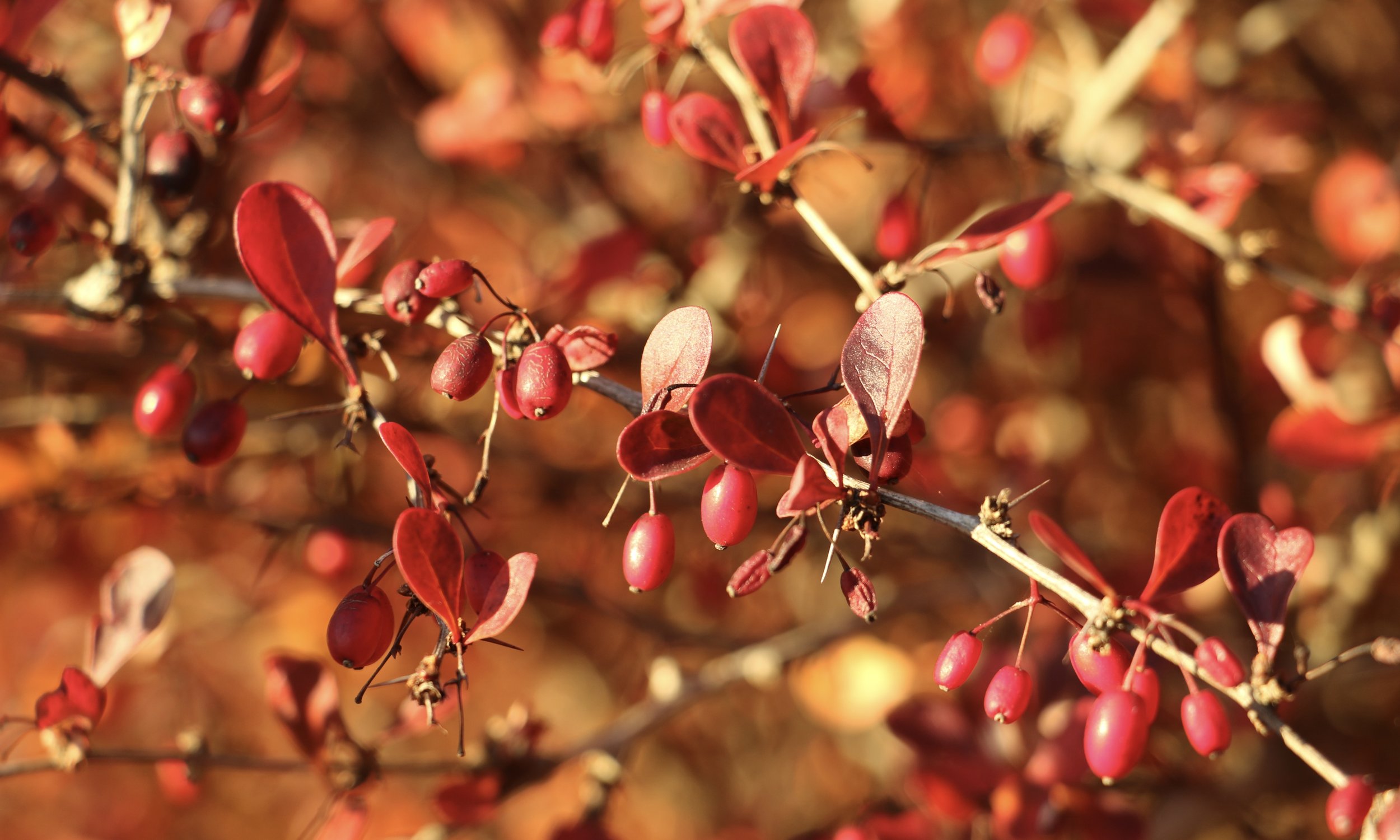
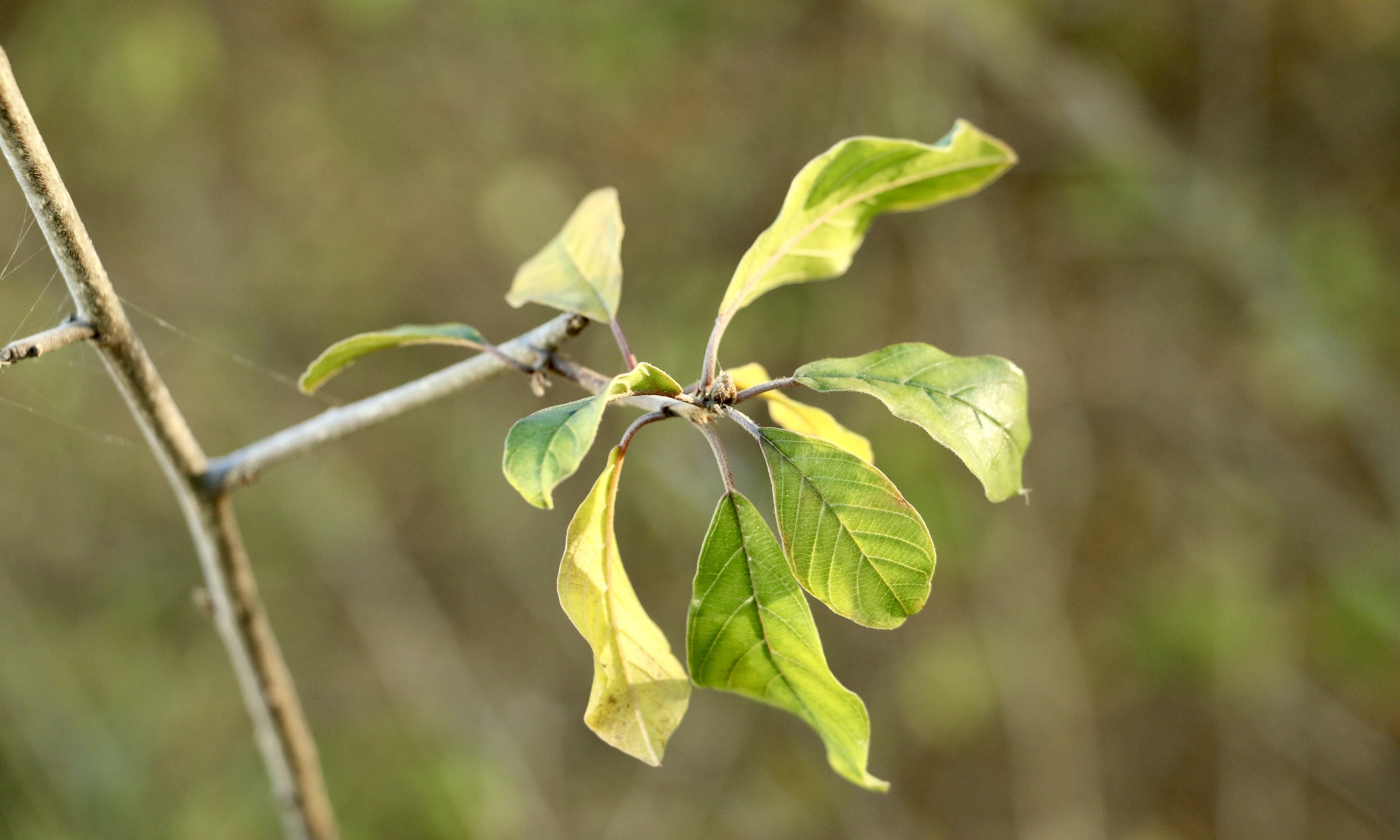
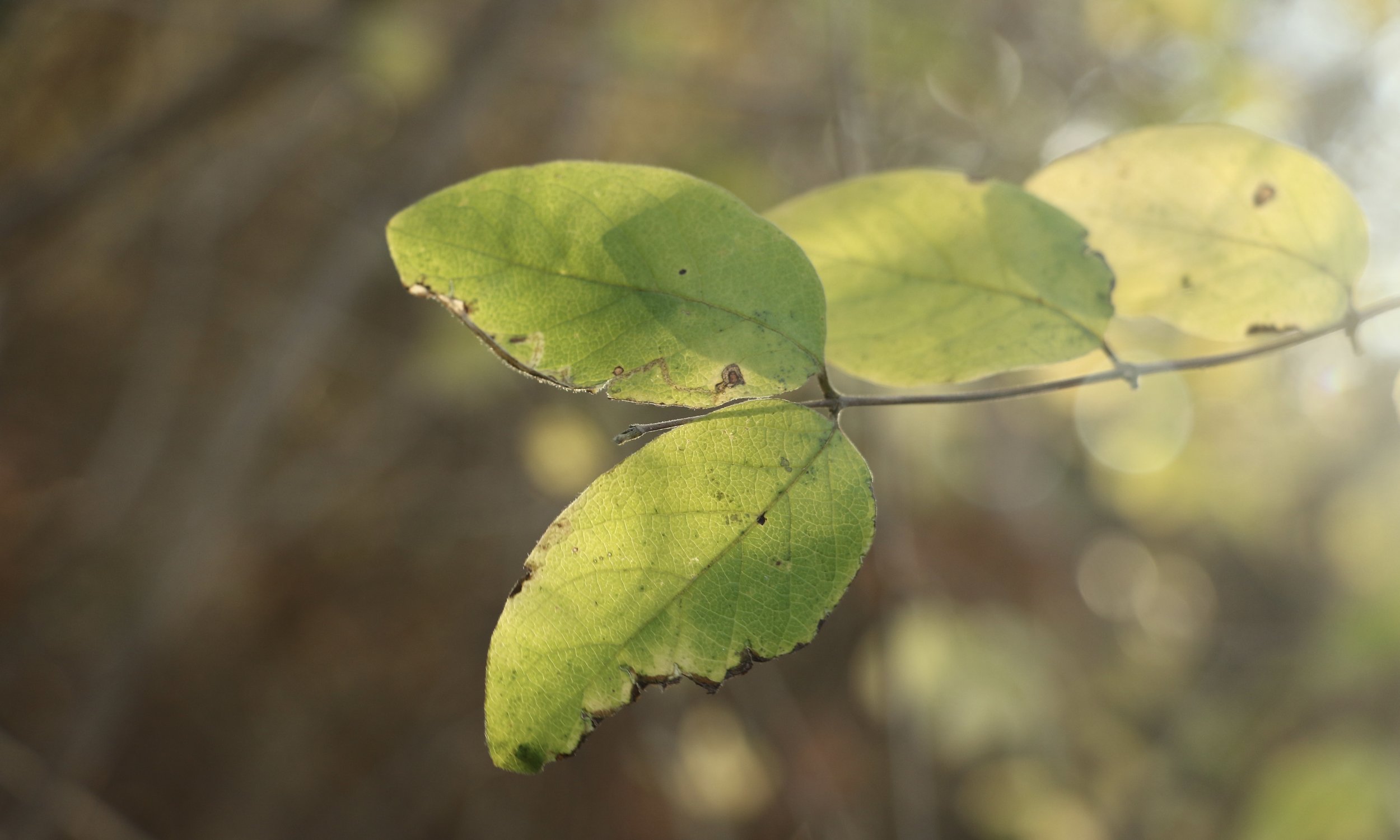
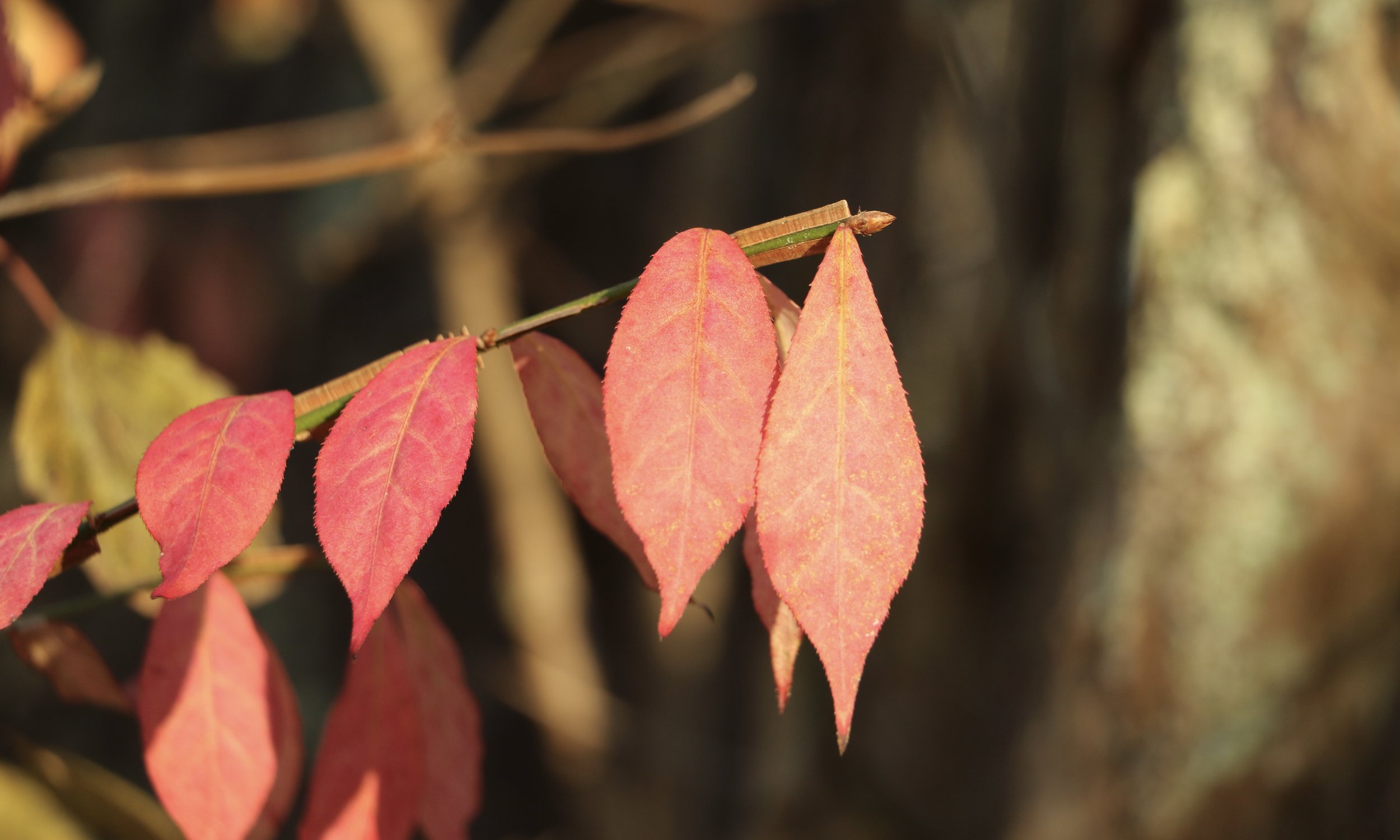
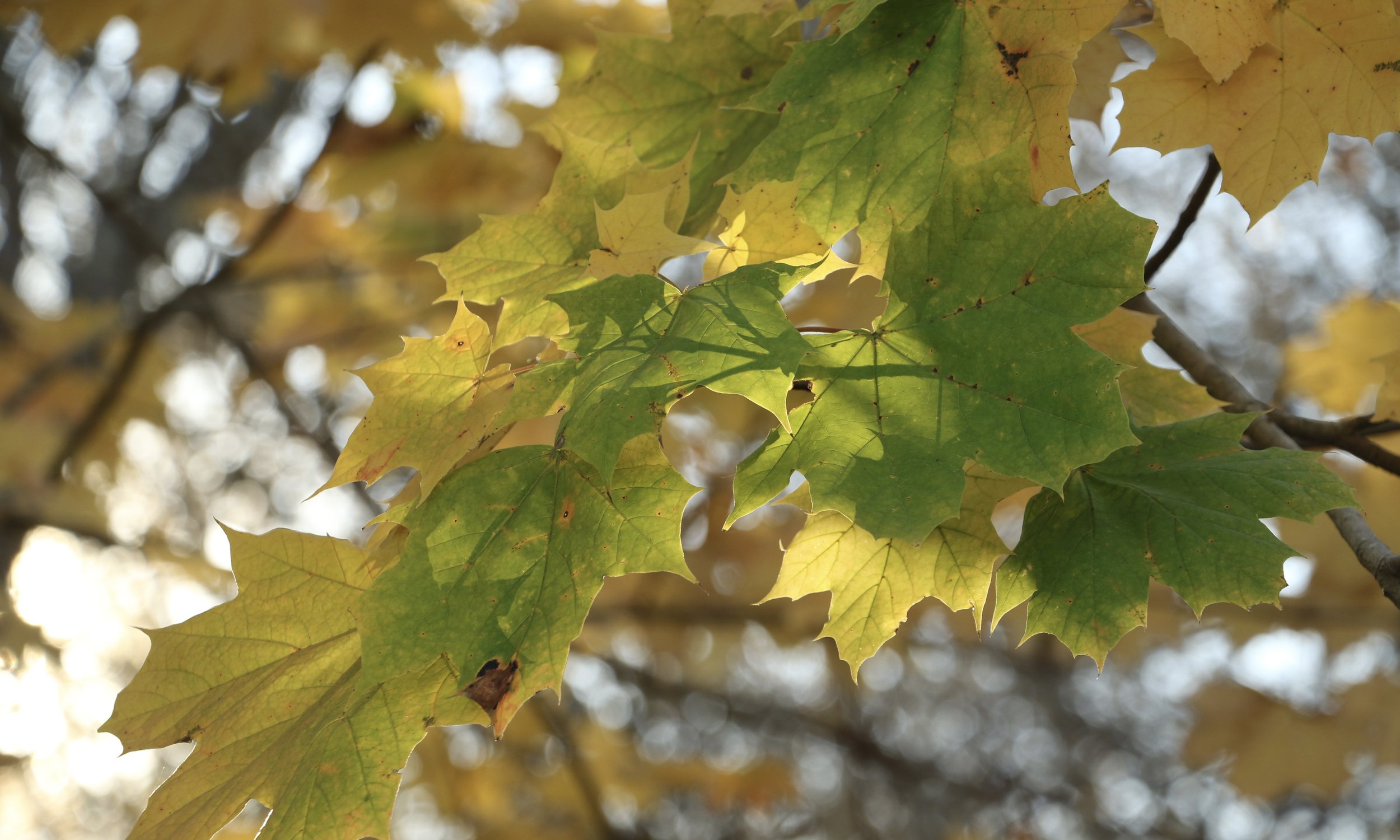
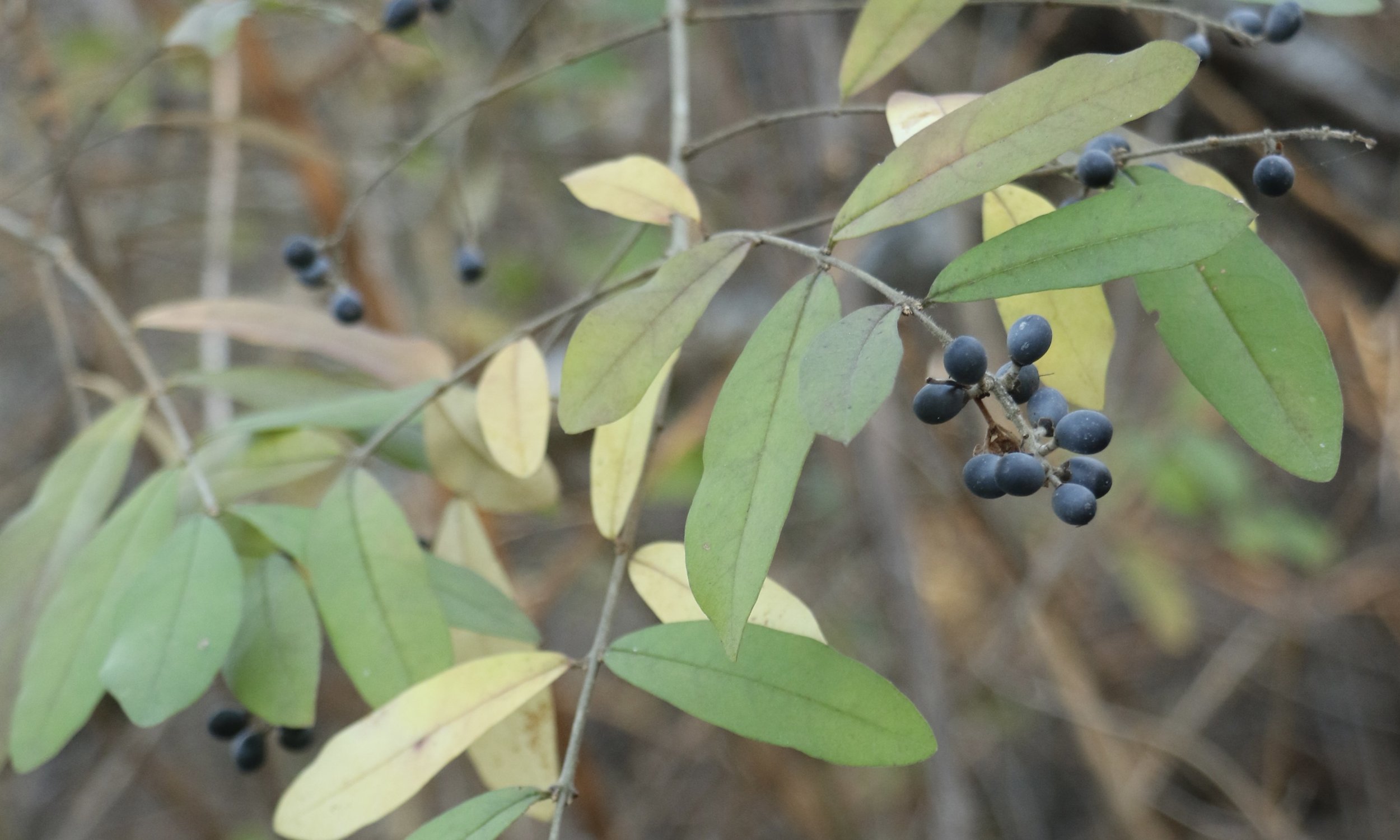
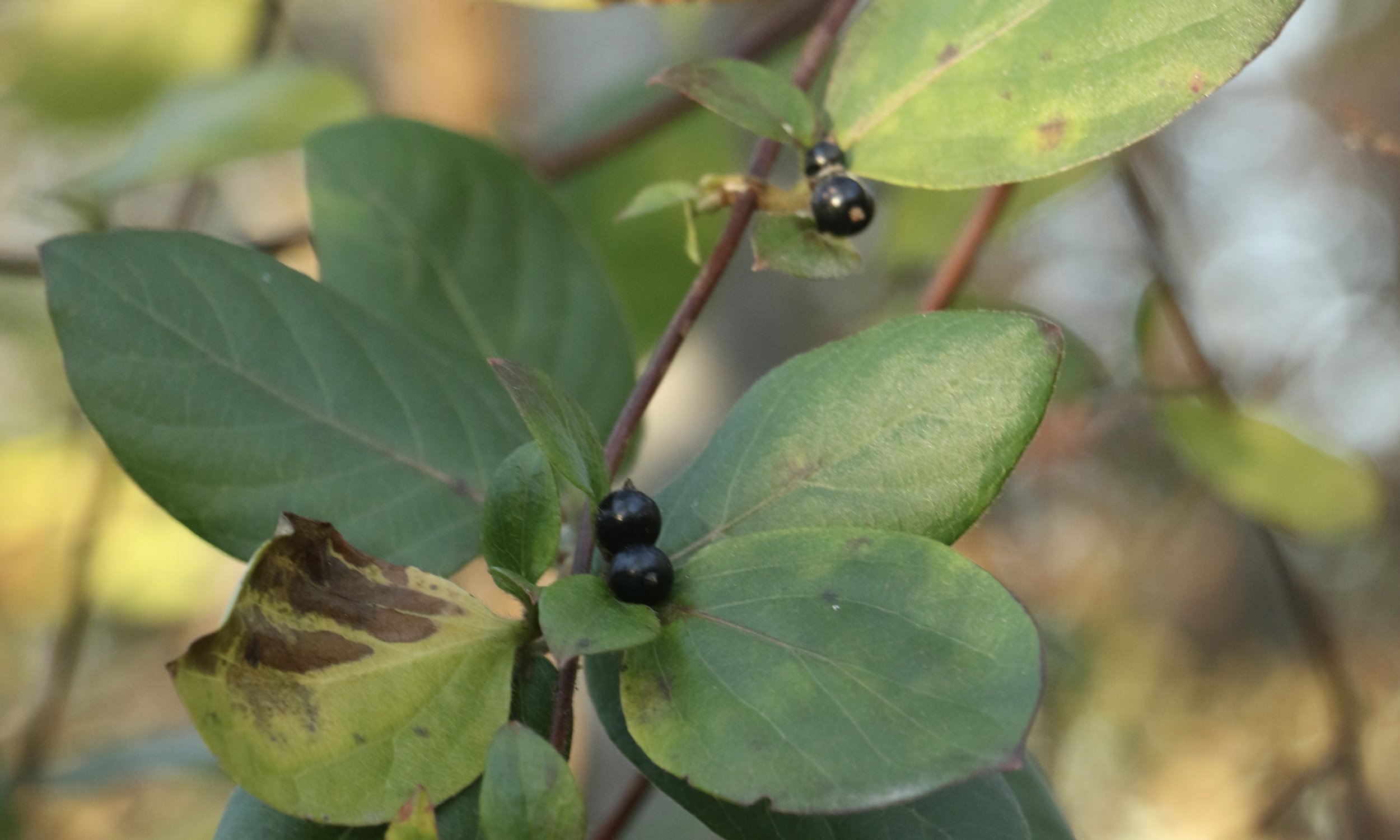
In what is approaching late November, a drive down Bellevue hosts fall foliage in the form of Japanese zelkova’s (Zelkova serrata) rusty reds, late ginkgo’s (Ginkgo biloba) pure yellows, an array of reds from the various Japanese maple varieties (Acer palmatum), and even some lovely golds from the Norway maples (Acer platanoides). These are all plants that, in a landscape setting, having late color is a selling point, allowing the rich hues of Autumn to extend farther towards winter. Growing above these manicured lawns and over the impervious surfaces of the street, these trees are a lovely example of global trade, our curiosity in what lives elsewhere, and our efforts to seek out the newest and greatest in horticulture and bring it home to admire. These principals are part of what makes Newport so very beautiful and unique with its deeply rooted horticultural history. However, with the import of new species comes the unknown.
There is always a question as to how well a foreign species will do in a new climate. Will the plant tolerate the wet freeze thaw winters of Newport, will its roots tolerate the silty loam soils, and will it be resistant to the fungi, bacteria, and insects of the local ecosystem? This experimentation is part of the excitement of something new, it means that not everything survives, but it also means that some things might take hold with vigor. In many instances, this is a bonus for horticultural purposes, a selling point that the plant will do well and grow quickly. It also brings about the possibility that it will grow too well, that given the opportunity, it will take hold outside the initial hopes and boundaries set.
A species is considered an invasive when it is both not native to an ecosystem and its growth there causes damage to the natural cycles of that ecosystem. There are many reasons why a plant may become an invasive species, and often it is the result of a plant having growth characteristics that set it apart from the native species around it, along with being given the opportunity to take root in the first place. From an observer’s perspective, the wide variety of invasive species that have taken hold in Newport’s natural spaces derive mostly from ornamental intentions. Japanese barberry (Berberis thunbergii), Norway maple (A. platanoides), autumn olive (Elaeagnus umbellata), burning bush or winged euonymus (Euonymus alatus), glossy buckthorn (Frangula alnus), various honeysuckle shrubs (Lonicera mackii, L. morrowii, and L. tatarica), Japanese honeysuckle vine (Lonicera japonica), and both European (Ligusrtum vulgare) and California (L. ovalifolium) privet, are all examples of invasive woody plants in Newport that can be seen with their leaves still hanging on past mid-November. As with the beautiful late fall color on Bellevue, now is a perfect time to more easily pick out many of these species in our wild spaces as the majority of our native trees and shrubs have lost their leaves entirely, providing the opportunity to peer through the twigs and identify these late leaf shedders.
The act of a tree producing leaves earlier and holding on to its leaves later than the surrounding species is called extended leaf phenology. With phenology being the study of seasonal changes, it is used in this instance to describe the difference in the timing of leaf cycles between species. Extended leaf phenology has, in recent years, been cited as a theory why some invasive plants have gotten a leg up on their native counterparts. The Norway maple leafs out almost two weeks earlier than our native red (Acer rubrum) and sugar maples (A. saccharum), and retains its leaves longer, giving the tree an advantage in collecting sunlight for longer and shading out competing plants. This difference in phenology can be attributed to a few different adaptations and climatic interactions.
Most of these invasives listed can live in a range of USDA zones from 3-8, of which Newport is 7a, meaning that many of these plants can live in climates that reach into the negative thirties or even forties in the winter. Comparatively, Newport is a tropical haven. Warmer springs with fewer late frosts, and the extended temperate fall weather experienced on the south coast of New England allows these plants to extend their growing season in both directions. For this reason, the invasive potential of these plants diminishes farther north, once fall becomes harsher, winter begins to reach below zero on a more regular basis, and spring remains cold and frosty later into the year.
The extended availability of invasive foliage can influence herbivore populations as well. Early bud burst and late senescence gives a greater window for herbivores to eat their leafy greens, even if the plants are not their preferred forage. If the deer, for example, are able to sustain themselves on the early leaves of shrubs like invasive honeysuckle, then there is a larger population of deer ready to eat the fresh growth of our later growing natives, which is often their preferred food source. If the initial growth on a native plant is quickly eaten up and it is surrounded by invaders that have extended leaf phenology, the shade creeps in quickly and that native has lost its best chance at gaining energy from early spring sunlight.
Knowing what to look for and being confident in identification of plants that pose an invasive threat is just the beginning of knowing what to do next, which can be complicated and different for each scenario. For the part NTC plays, it has, of course, involved the planting of trees, specifically native species in Miantonomi Park. While this action alone does not remove all invasives, the project works with the City of Newport in reclaiming sections of the park and providing trees that are large and healthy enough to withstand some amount of herbivore browsing. The removal of some of the larger trees and shrubs that exhibit extended leaf phenology opens up the canopy to provide the saplings with ample light and minimal competition. All of this gives the natives planted by our volunteers a far better chance at reaching maturity than anything attempting to grow from seed in the park. With continued maintenance, and future plans for more specific invasive management, the native trees will grow to one day produce their own fruits, nuts, and samaras that will hopefully have the chance to take root unhindered by anything other than the natural pressures found within their rightful ecosystem.
By Morgan Palmer — Plant Production Manager
November 2024
Invasive Plants in Rhode Island-2020. (2020). Retrieved November 19, 2024, from https://rinhs.org/wp-content/uploads/2021/10/Invasive-and-Weedy-Plants-in-RI-2020_-FINAL.pdf
Lisa L. Gould & Irene H. Stuckey. (n.d.) Plants Invasive in Rhode Island. The Rhode Island Wild Plant Society.
Lauren M. Smith, & Spencer Hall. (2016). Extended leaf phenology may drive plant invasion through direct and apparent competition. Oikos, 125(6), 839–848. https://www.jstor.org/stable/oikos.125.6.839
Erin O’Connell & J. Savage. (2020). Extended leaf phenology has limited benefits for invasive species growing at northern latitudes. Biological Invasions, 22(10), 2957-2974. doi:https://doi.org/10.1007/s10530-020-02301-w
Shady Invaders | USA National Phenology Network. (2017). Usanpn.org. https://usanpn.org/nn/campaigns/ShadyInvaders
